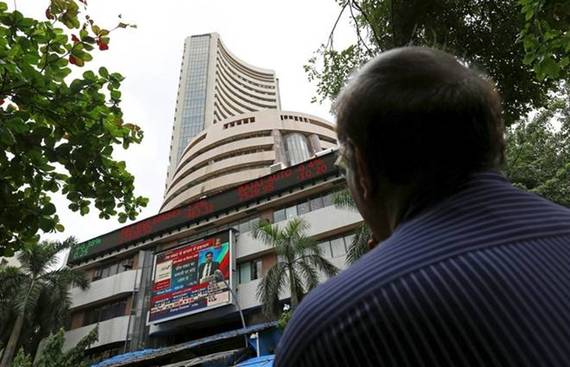2020 capital markets in retrospect

The year 2020 was not just another year but much more than that. It was actually a number of years rolled into one. Towards the end of the first quarter in mid-March, the breakout of the pandemic covid-19 impacted all walks of life across the globe in many ways and virtually brought the world to a halt. Things then began to improve towards the end of the year and we have seen more than half a dozen vaccines being rolled out. India has been no different and we have seen one of the strongest economic revivals in recent times.
The stock markets were on a roll at the beginning of the year. We touched new lifetime highs and made the top on 20th January 2020. The high on the BSE Sensex was 42,273.08 points which was a gain of 1000 points since the beginning of the year. The value on the NIFTY was 12,430.5 points, a gain of 260 points. From there on it was a fall and markets bottomed out between the 20th and 24th of March. The loss on the BSESENSEX was 15,600 points from the beginning of 2020 and 16,600 points from the top. NIFTY lost over 4,900 points. In percentage terms this was 37-39% of the value of the benchmark indices.
From March it was a recovery which was probably unparalleled in recent times. Markets crossed the year highs made in January on Diwali day (November) and then seemed to explode and gain another 13-14% in the last six weeks. Effectively markets ended the year with gains of 15.75% on BSESENSEX and 14.70% on NIFTY in calendar year 2020. To put it in perspective, from the March lows, the effective gains were a staggering 86-87% in nine months or roughly 10% every month.
While the broader indices all gained in the 85-88% range from the March lows, the outperformers were BSEIT at 121.70% and BSEHEALTHCARE at 98.04%. BSESMALLCAP also gained quite sharply at 109.90%. The odd one out was Bank NIFTY which ended with losses of 2.79% for the year. HDFC which is a heavyweight in all the indices clocked gains of a mere 6.05% on an annual basis. IT major Infosys was the star performer and gained a massive 71.58% on an annual basis followed by TCS at 32.42%. Reliance gained 32.42%. Reliance did very well after the lows made in March from where it gained a massive 128.95%. Readers would recall that the stock had raised capital through a rights issue in May 2020.
Mutual funds saw redemptions throughout the year and there could be reasons attributed to the same. The outperformance of stocks like Infosys and Reliance coupled with a strong showing by TCS would have caught mutual funds on the wrong foot on account of caps of 10% in an individual stock. Secondly the performance of midcap and Smallcap would be another reason. Thirdly the ability to be active investors versus passive investors would also have hit them. In short while mutual funds have been on the backfoot with redemptions happening there is every reason to believe that redemptions would continue in the coming year as well. 'Mutual funds Sahi hai'?
Fund raising in 2020 was at a completely different level. While there was a complete lull for about four months between Mid-March and beginning of July, fund raising took on a new meaning post that. The initiatives to beat covid-19 taken by SEBI need to be appreciated.
They cut short time drastically and reduced paperwork to expedite issues. Reliance was a big beneficiary of the new terms of fund raising. Primary issues hitting the market saw a new trend where the major part of the issues was an offer for sale component and fresh issue was the smaller component. On a rough estimate one could say the fresh issue component was about a fourth of the issue or even lower. Number of offers for sale issues, QIPs were all at record highs. FII investment in the country crossed the 22-24-billion-dollar mark and helped the markets in no small way with FII's buying even during the Christmas vacation.
The next year would begin on an optimistic note. There is however a note of caution to be sounded here. While there is no dearth of liquidity and optimism around the place, fundamentals would also have to be looked at some point of time.
